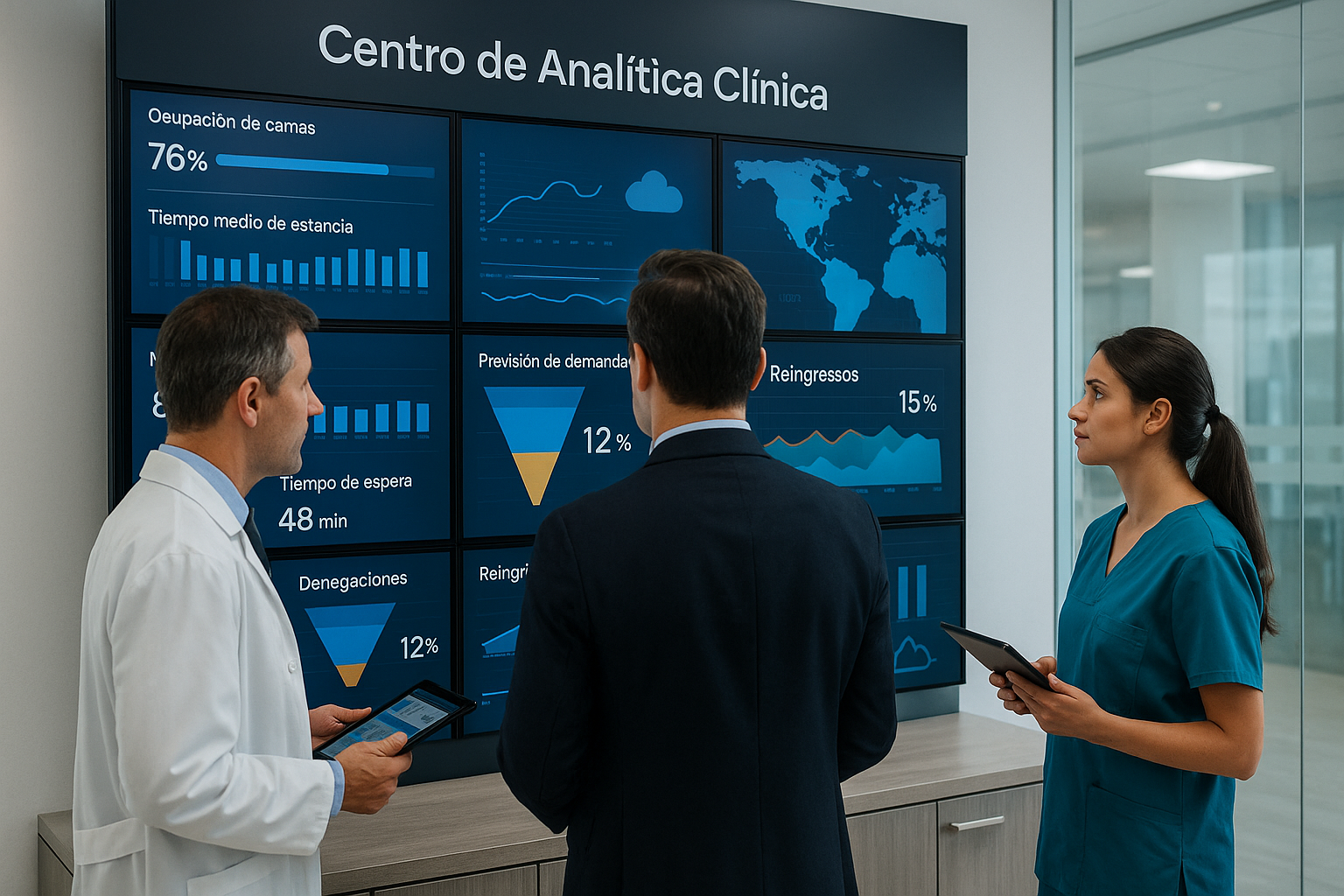A next-generation ECE system offers intuitive Clinical Decision Support Systems (CDSS) to enable clinicians to make better treatment decisions in real time. CDSS tools take many forms, but most ECE systems fail to adequately address this need. Instead, as we discussed in our October blog, they offer one-size-fits-all solutions—one-size-fits-all solutions that don’t capture the nuances of individual patient care. Simply put, ECE systems without customizable CDSS tools cannot meet the increasing demands of healthcare professionals.
Part of HarmoniMD®‘s unique and flexible solution and one of its core competencies is protocol-based Electronic Clinical Records (ECDs). These incorporate the best treatment options and clinical expertise available, resulting in consistency of care, regulatory compliance, and reduced errors. Through DCEs, YOU assign the workflow you want your doctors to follow and provide guidance on clinical options. Instead of imposing a design on your team, you, as experts in best practices for your field, your healthcare facilities, and your workflow, can modify any DCE from our extensive library based on years of clinical experience, or design one yourself. zero.
The DCEs They imitate in a very intuitive way the Patient File on paper with which all doctors and nurses are familiar with, at the same time They integrate clinical decision support and protocols. A Reports can then be generated to easily track whether Whether or not these protocols are followed. To name just one example: medications that the Medical Executive Committee recommend for a specific condition are can be listed from the softest to the strongest, allowing the doctors easily sort from a carefully compiled list, with the security of knowing that they are following the guidelines of the health centers and the best medical practices. Reports can show which of these Painkillers are prescribed more frequently and when a doctor decides to deviate from this list, informing the doctor’s supervision and periodic review of practice protocols.
Given the Any information entered into a DCE can be included in a report, the Reporting for a variety of purposes is easily adapted, including government compliance, Quality Assurance and oversight. And since care is standardized, helping the user with the data capture when structuring the entry of clinical information, it is also is reporting.
Since Within a DCE, data can be entered into the Patient Record (such as orders, diagnosis, vital signs, allergies, etc.), instead of requiring doctors who navigate to different sections of the Patient Record (which results in dreaded multiple clicks through the system). In other words, DCEs guide a doctor through the Patient Record, in the order specific that your health center, department or specialty deems best. In this way, DCEs not only help doctors make decisions rapid to increase the efficiency of care, but also increase the consistency of care. And the DCEs can be adapted to the needs unique to doctors and nurses alike.
The DCEs Critical to physicians include Order Sets specific to the condition, with recommended predefined orders that can be preselected or optional. The details of the orders within these DCEs are specified by the clinical team responsible for the design of the Set of Orders. An example is a PRN medication ordered in a standard manner for a specific condition. This medication can be preselected (complete with data already entered such as dose, route and notes on when manage it). The doctor requesting the order does not even need to click once to request the medication: it will be requested automatically when sign the order, unless deselected. Other orders Pre-selected or optional may include laboratory tests, procedures, imaging orders and nursing activities. and the DCE may also contain documentation for vital signs and other information clinic that could be captured at the time the set of orders.
The DCEs specifically for nurses are also essential to adhere to the practice protocols. La documentación de enfermería es un área de actividad Nursing documentation is an area of activity care patients receive, best practices and compliance. These include wound care, postoperative care, evaluations of nursing, adverse events and incident reports, and more.
The standardized protocols, instructions, educational tools, alerts and Reminders can be integrated into any DCE, providing expectations clarity and guidance to staff of any clinical specialty. This improves documentation and communication between doctors and reduces time dedicated to waiting for results to be transmitted between departments. Other common DCEs include Physical Therapy Evaluations, Documentation of Blood Transfusion, Patient Intake History, Checklists Preoperative Safety Verification, Discharge Forms, Reports Operative / Postoperative Instructions, Treatment Sheets Radiotherapy, Hemodialysis Treatments and more.
We know from experience that when converted to DCEs, documentation times are often cut in half while compliance with best practices and reporting requirements is dramatically improved. One Physical Therapy department we worked with reduced their documentation time by two-thirds, in part because they were able to design DCEs to very specifically mimic their workflow and select from a variety of input fields that worked best. (Review the specific options available in building DCEs on this page of our website.)
His Patient care may also involve unique aspects that no one else addresses. For example, one of our clients keeps track of the exposure to pollution during pregnancy and need to ask if the fetus has been exposed to open flame cooking. DCEs satisfy easily unique needs like this because they don’t require any reprogramming of the underlying database. This means that they are not only flexible enough to document any clinical process, but they can also be built and built quickly, at any language. This becomes invaluable when patient populations speak one or more secondary languages and need consent forms in those language.
Please contact us to learn more about how Electronic Clinical Documents can help you ensure your practice protocols are followed consistently across your organization. We look forward to hearing from you.



